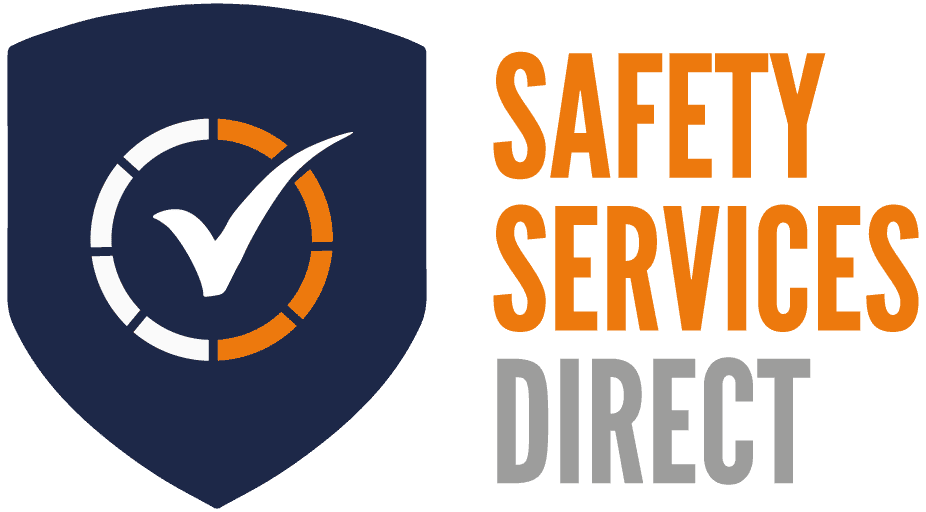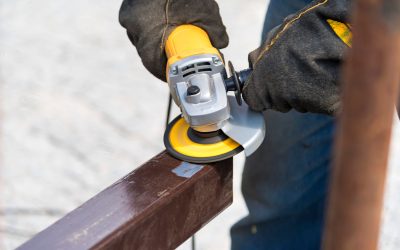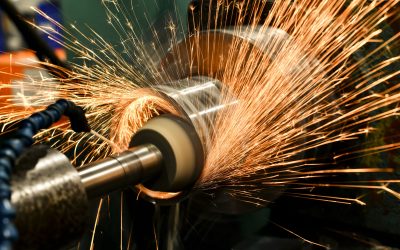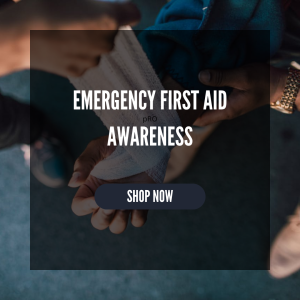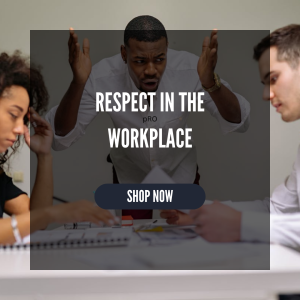As construction sites and manufacturing businesses begin to open up, following the guidance released by the Government this week, one of the precautionary measures that many people have taken upon themselves to implement is the use of face masks.
Although scientists and health professionals are unclear as to how effective face masks are at preventing the spread of COVID-19 (and we know that hand-washing and social distancing plays a more important role in controlling this virus), it doesn’t hurt to take the extra precaution and encourage workers to wear face masks.
If you do choose to make this a rule, then you must provide your employees with the correct PPE products as it is difficult to get your hands on face masks since, of course, it’s in high demand around the world.
You must also make sure that face masks are being word/fitted correctly in order to get the full protection that they can provide.
Steps to take before putting on a face mask
For face masks to truly work, they need to be sealed tightly to the users face and one thing which can restrict this is facial hair.
Beards and stubble will prevent the face mask from being tight to the face and providing the appropriate protection for the wearer; therefore, you should be clean-shaven to benefit from the PPE when specifically wearing a half face mask.
Alternatively, you can invest in a full face, air fed, mask which doesn’t require you to remove any facial hair for it to be effective.
You should also take the time to thoroughly check the face mask to ensure that it is clean and that there is no damage (such as tears or holes) as this will make it unusable.
Once you are satisfied that your face mask has met the above requirements, then you can start the process of fitting it to your face.
How to correctly fit a face mask
You should use a mirror or the help of a friend/colleague, whilst sticking to social distancing, to initially put the face mask on; referring to the instructions that should come with the mask to make sure that you are wearing it correctly.
There is some more detailed guidance from the HSE that can be found here which provides step-by-step instructions alongside images that break down exactly how a face mask should be worn.
You should conduct a face fit test on a regular basis and not get complacent with the process because the fit of a face mask can change over time due to things such as weight loss or gain, dental work, facial changes (spots, scars, moles) around the face seal area etc.
Other precautions you should take when fitting a face mask
- It should go without saying that you must wash your hands thoroughly before putting your face mask on and continue to follow the regular hand-washing advice even whilst wearing a face mask as this is the most effective way of preventing the spread of COVID-19.
- You should also ensure that you clean your face mask (if non-disposable) yourself before and after each use.
- Never share a face mask with another person, even if you have thoroughly cleaned it with disinfectant
- Familiarise yourself with the potential contact points and actions to minimise transmission as listed here on the HSE website
Though we are currently out of stock of face masks, respirators and face fit testing kits, we do have some ‘Wear Face Mask’ signs which are important to display around the workplace if you do decide to make this a requirement on your premises.
We can also provide you with unlimited support through our advice line when you purchase our Safety Advisory Service which connects your to one of our qualified Health and Safety Consultants whenever you need them – an essential service given the current climate and social distancing measures that we all need to follow in the workplace.
